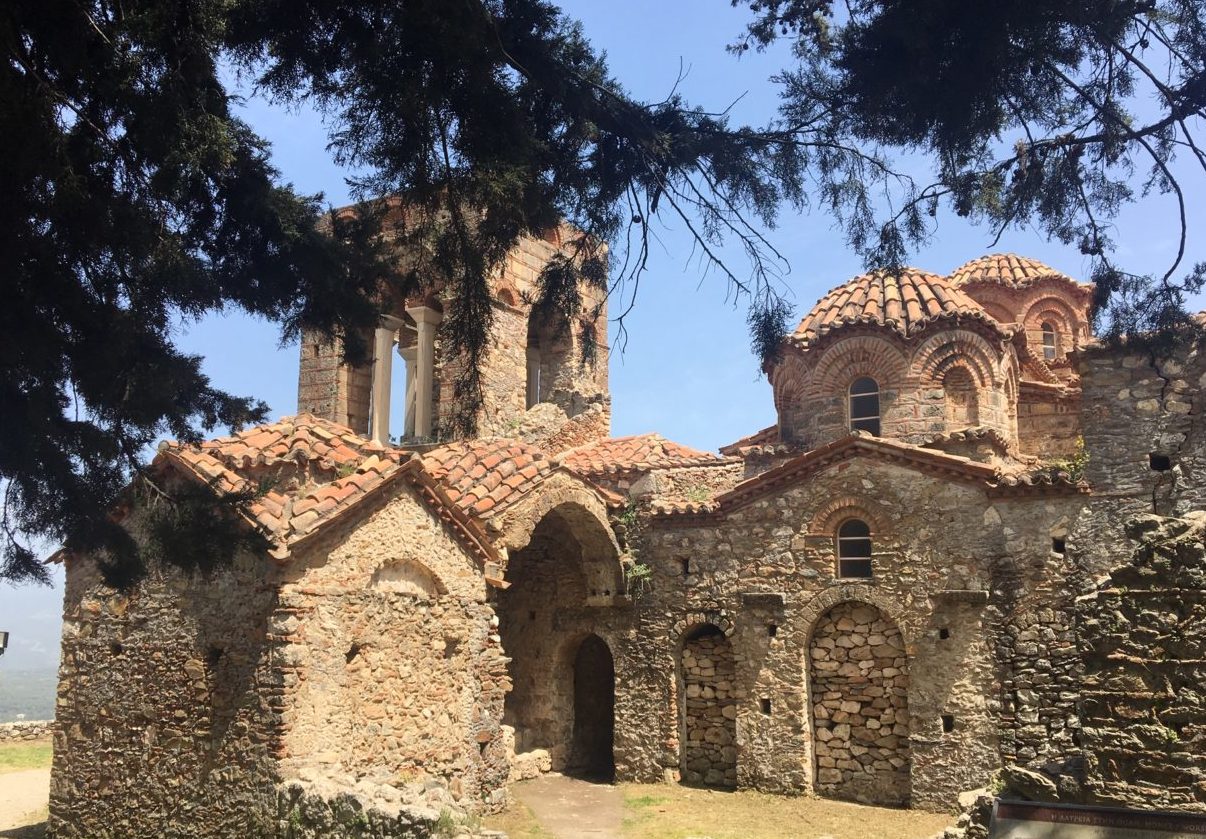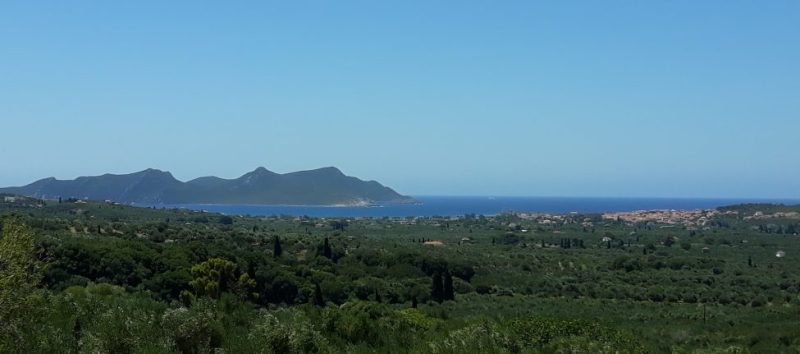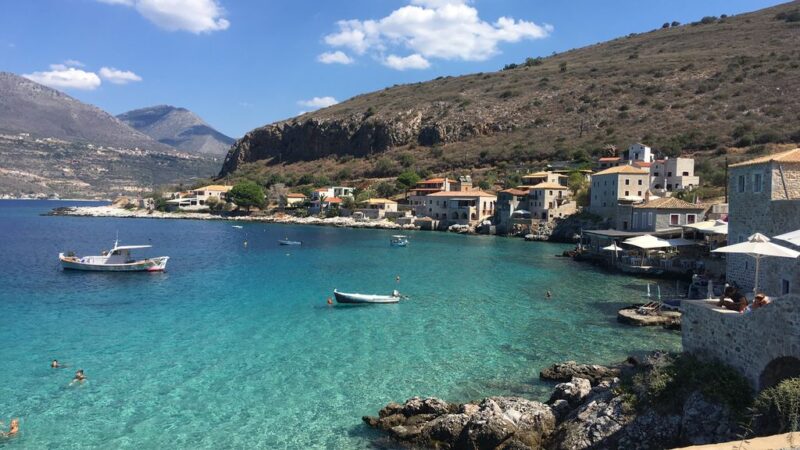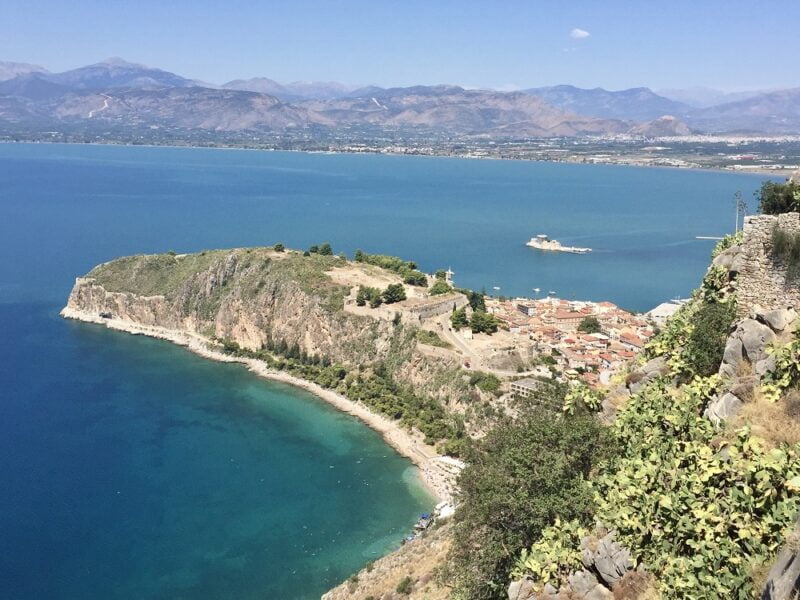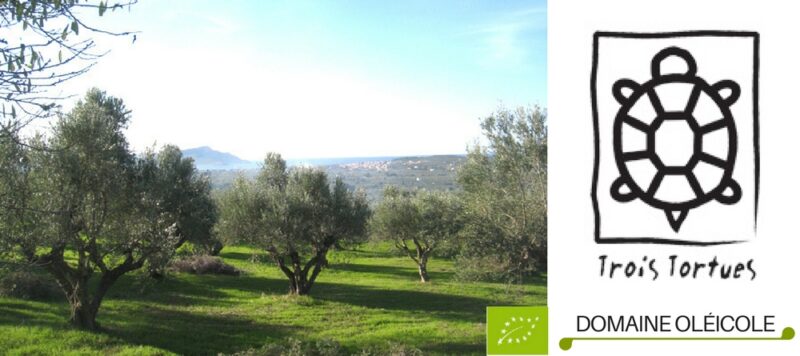Mystra is undeniably one of our favorites in mainland Greece. Situated on the slopes of a hill to the west of Sparta, in the Mount Taiget massif, the Byzantine city of Mystra (Mistra) is as impressive for its location as for its monuments.
For almost two centuries, Mystra was an influential city, marked by strong political, social and cultural dynamics. The site is now a Unesco World Heritage Site.
Here are a few cultural references to help you understand the history and find your way around the site. And don’t hesitate to take a look at our practical tips for visiting Mystra (Mistra) : duration, timetables, prices, precautions, accommodation, restaurants…
Mystra (Mistra): a little history…
A fortress built by the Franks
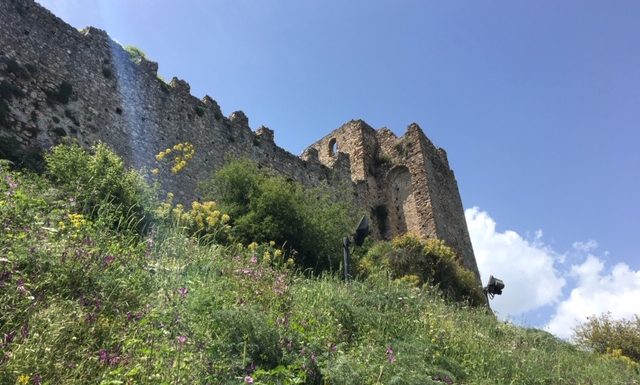
The history of Mystra began in 1249, under the occupation of the Franks. Villehardouin II built an imposing fortress on top of the rock. But ten years later, he was taken prisoner and to buy back his freedom, he gave the fortresses of Mystra, Monemvasia and Mani to Emperor Paleologos.
In search of safety, the inhabitants of neighboring Laconia built houses on the hillside. The city (Chora) was thus protected by the fortress walls. New houses were then built outside the walls, soon forming Kato Chora (the lower town). In turn, it was protected by new ramparts.
Mystra, Byzantine period

In 1348, Mystra (Mistra) became the capital of the despotate of Morea, whose governor was appointed for life.
A period of economic and cultural prosperity began. Governed by the sons and brothers of the Byzantine emperors, the city had considerable resources at its disposal. In the time of the despot Thodore, Mystra (Mistra) was the second most important city in the empire, just after Constantinople. Hard to imagine, but over 20,000 people lived on the hill at the time.
The great name of this era was the philosopher Gémiste Pléthon, who attracted many artists and intellectuals. In particular, they influenced the Italian Renaissance. But Mystra was also home to leading figures from Serbia and Constantinople. These artistic influences can still be seen today in the paintings and decorations of Mystra’s churches.
Constantine Paleologos (Constantine XI) was despot of Mystra before becoming emperor of the Byzantine Empire. His death in 1453 marked the end of the Byzantine Empire and left his mark on Mystra.
Ottoman occupation

He was followed by Demetrios Palaeologus, Mystra’s last despot. He surrendered and gave the city to the Ottoman Emperor Mehmed II in 1460.
At that time, Mystra (Mistra) was no more than a provincial town in the vast Ottoman Empire. The Turks settled in the upper part of the city, transforming Saint Sophia into a mosque. The pasha took up residence in the despot’s former palace.
The lower town was inhabited by Greeks, while many foreign merchants also settled in the suburbs. Despite these changes, the town continued to be an important commercial center, renowned for its silk trade.
The town prospered until 1770. Mystra (Mistra) played an active role in the struggle for independence of the Greek state in 1822. In 1825, Ibrahim Pasha burnt and razed the city, forcing its inhabitants to abandon it. They settled in Sparta, which became the new administrative capital of the region under the independent Greek state.
Mystra, archaeological site
Completely abandoned, the city has become an archaeological site. In 1989, the site was listed as a UNESCO World Heritage Site. Since 1990, restoration work has been carried out on Mystra’s churches, palaces, houses and residences.
Must-see sights on Mystra Hill
Information and tips for visiting the Mistras archaeological site.
The fortress and ramparts
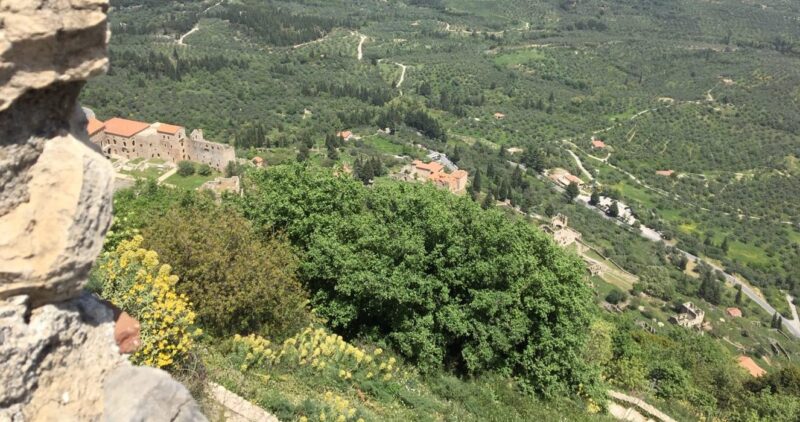
The Villehardouin fortress rises to an altitude of 620m and offers superb panoramic views over the whole town. As for the ramparts, you’ll see them throughout your walk, but you’ll be able to admire them in particular as you enter. In fact, the site’s entrances use the fortress’s original gates.
The Despot’s palace
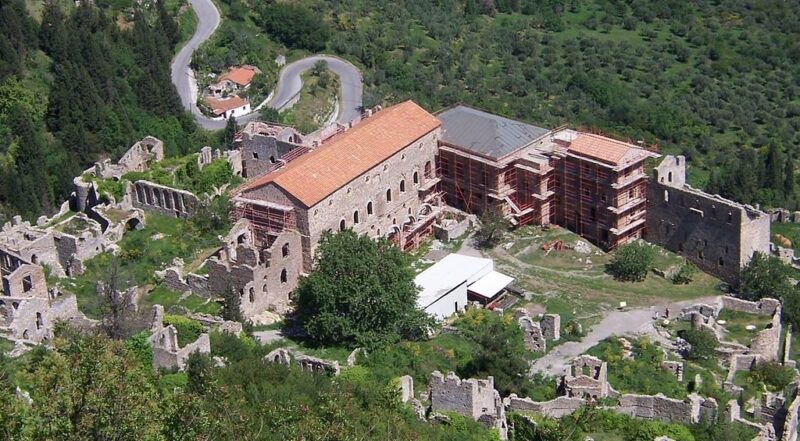
The Despot’s palace, very well preserved and restored. It is central and its large square was at the heart of city life. It comprises two wings and the tower that housed the despot’s apartments.
Churches and monasteries
Inherited from the Byzantine period, the churches and monasteries are emblematic of the Mystra site. The churches are still in good condition, and it’s a pleasure to discover them along the way. If you take the time to visit them, marvellous frescoes are hidden within. Among the most important:
- Mitropolis is an architectural complex that includes the Basilica of Agios Dimitrios. A must-see are the 14th-century frescoes adorning the vault.
- The monastery of Peribleptos is a monastery set against the rock. The representation of Christ Pantocrator, surrounded by the Virgin Mary and the apostles, is superb.
- The Pantanassas monastery is one of my favorites. It is still run by nuns. It’s a real haven of peace where you can relax and unwind.
- Vrontochion was the cultural center of the city of Mystra. It is home to two churches, including Agioi Theodoroi, which boasts the largest octagonal cross-shaped dome in Mystra. It is also covered in paint.
- Agia Sofia , in the upper town, was built by the first despot of Morea. It was also converted into a mosque during the Ottoman occupation.
Homes and residences
Unfortunately, it’s not easy to spot the houses and residences among the ruins, as they’re in such poor condition. Nevertheless, you can still discover the Laskaris, Frangopoulos and Palataki houses, which belonged to the great families of Mystra (Mistra).
=> Plus all the practical information you need: times, duration, visits, recommendations, good addresses, where to stay, where to eat, etc.
Sophie B.
